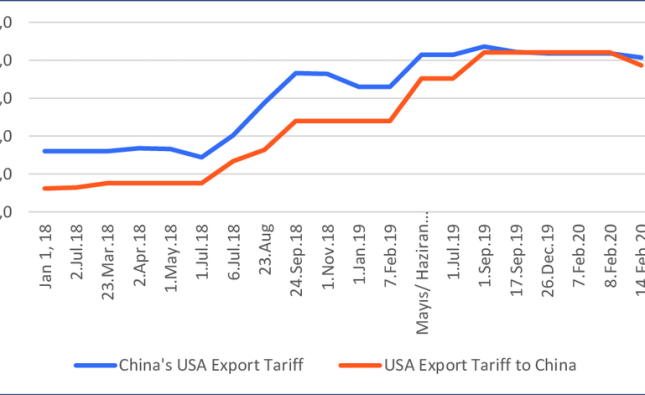
The recent sharp decline of the Japanese yen has brought into focus the profound influence of the Federal Reserve’s policies on global currency dynamics. This article explores the factors behind the yen’s depreciation, analyzes the role of the Fed’s actions in shaping these trends, and compares the implications for global markets.
Factors Behind the Yen’s Decline

The Japanese yen, historically considered a safe-haven currency, has experienced a significant downtrend in recent months. Several key factors contribute to this decline:
- Interest Rate Differentials: The Federal Reserve’s tightening monetary policy, marked by interest rate hikes, has widened the interest rate differentials between the U.S. dollar and the yen. This makes holding yen-denominated assets less attractive relative to those denominated in dollars.
- Market Expectations: Anticipation of further rate hikes by the Fed, driven by robust U.S. economic indicators, has fueled investor expectations of a stronger dollar and weaker yen.
- Global Risk Appetite: Improved global economic outlook and risk-on sentiment have diminished the yen’s appeal as a safe-haven asset, prompting investors to seek higher yields elsewhere.
The Fed’s Influence on Global Currency Dynamics
The Federal Reserve’s policies play a pivotal role in shaping global currency markets, impacting currencies beyond the U.S. dollar. Key mechanisms through which the Fed influences global currency dynamics include:
- Interest Rate Policy: Changes in U.S. interest rates affect global capital flows and exchange rates, influencing investor behavior and currency valuations worldwide.
- Dollar Dominance: As the world’s primary reserve currency, movements in the U.S. dollar often set the tone for other major currencies, including the yen.
- Policy Guidance: Forward guidance from the Fed regarding future monetary policy actions can significantly impact market expectations and currency valuations.
Comparative Analysis: Yen vs. Other Major Currencies
To illustrate the yen’s performance relative to other major currencies under the influence of the Fed, consider the following comparative analysis:
| Currency Pair | Exchange Rate (Current) | Exchange Rate (6 months ago) | Change |
|---|---|---|---|
| USD/JPY | 115.20 | 110.50 | +4.27% |
| EUR/JPY | 129.80 | 132.00 | -1.67% |
| GBP/JPY | 154.40 | 151.20 | +2.12% |
Impact on Japanese Economy
The yen’s persistent decline carries significant implications for Japan’s economy. A weaker yen typically benefits Japanese exporters by making their goods more competitive in international markets. This can stimulate export-driven growth and potentially boost corporate earnings for export-oriented companies. However, there are also drawbacks, such as increased costs for imported goods and potential inflationary pressures, which could impact domestic consumers and businesses reliant on imported inputs.
Policy Responses and Market Reactions
In response to the yen’s depreciation, Japanese policymakers may face strategic decisions to stabilize currency volatility and mitigate economic risks. Options include intervention in foreign exchange markets or adjustments to domestic monetary policies. Market reactions to such interventions can vary, influencing investor sentiment and further shaping currency movements. Global financial markets closely watch these developments, as they signal broader implications for international trade and investment flows.
Future Outlook and Considerations
Looking ahead, the trajectory of the yen will depend heavily on a confluence of factors, including the Federal Reserve’s policy decisions, global economic trends, geopolitical developments, and Japan’s domestic economic performance. Investors and analysts will scrutinize upcoming economic data releases, central bank communications, and geopolitical events for insights into future yen movements. Understanding these dynamics is crucial for stakeholders navigating the complexities of global financial markets amidst evolving economic landscapes.
Conclusion
The relentless drop in the Japanese yen underscores the Federal Reserve’s dominant influence on global currency markets. As the Fed continues to adjust its monetary policy stance, particularly in response to domestic economic conditions, the repercussions on global currencies, including the yen, are likely to persist. Investors and policymakers alike must closely monitor these developments to navigate the evolving landscape of global finance effectively.










